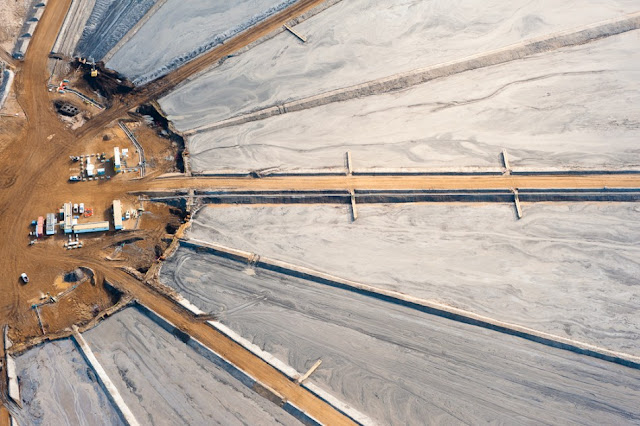For almost twenty years, Garths Lenz's photography of threatened wilderness regions, devastation, and the impacts on indigenous peoples, has appeared in the world’s leading publications, including Time Magazine, The Guardian, The New York Times, International Wildlife, BBC Wildlife Magazine, Canadian Geographic, and GEO
His recent images from the boreal region of Canada have helped lead to significant victories and large new protected areas in the Northwest Territories, Quebec, and Ontario. This work has also received major international photography awards. Garth’s major touring exhibit on the Tar Sands premiered on Los Angeles in 2011 and recently appeared in New York.
I think photographers can have a huge effect. Photography is one of the most powerful ways we can communicate both the fragility of the environment and the threats that unchecked industrial development present to it. That’s one of the reasons why, in all of my projects, I never just show the industrial landscape. You also have to show what that landscape was like before it became industrialized. The hope is to make people realize how important it is to protect the places that haven’t yet been impacted. The takeaway for photographers is that you have to really care about these issues. There’s not a huge amount of compensation. You have to be doing it for the right reasons because it’s a long haul. ~ LenzHis recent images from the boreal region of Canada have helped lead to significant victories and large new protected areas in the Northwest Territories, Quebec, and Ontario. This work has also received major international photography awards. Garth’s major touring exhibit on the Tar Sands premiered on Los Angeles in 2011 and recently appeared in New York.
"The creation of that fossil fuel is predicated on the destruction of the boreal landscape under which it’s found. That part of Canada holds a significant portion of boreal forest, the most concentrated terrestrial carbon sink on the planet. In terms of climate change, it’s a double whammy. This is why NASA climatologist James Hansen feels that it is “essentially game over” in terms of maintaining a stable climate if the Tar Sands are developed...I think photography has the potential to convince people that this is, in fact, a huge issue and worthy of their attention." ~Garth Lenz
Dry Tailings, Alberta Tar Sands, Canada.
Suncor Plant






